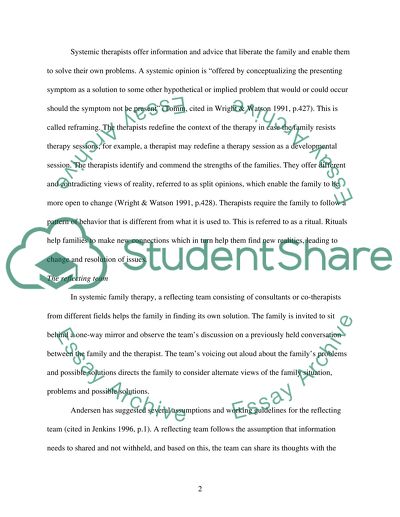Cite this document
(“Systemic family therapy(psychotherapy) TEAM Essay”, n.d.)
Systemic family therapy(psychotherapy) TEAM Essay. Retrieved from https://studentshare.org/miscellaneous/1507768-systemic-family-therapypsychotherapy-team
Systemic family therapy(psychotherapy) TEAM Essay. Retrieved from https://studentshare.org/miscellaneous/1507768-systemic-family-therapypsychotherapy-team
(Systemic Family therapy(psychotherapy) TEAM Essay)
Systemic Family therapy(psychotherapy) TEAM Essay. https://studentshare.org/miscellaneous/1507768-systemic-family-therapypsychotherapy-team.
Systemic Family therapy(psychotherapy) TEAM Essay. https://studentshare.org/miscellaneous/1507768-systemic-family-therapypsychotherapy-team.
“Systemic Family therapy(psychotherapy) TEAM Essay”, n.d. https://studentshare.org/miscellaneous/1507768-systemic-family-therapypsychotherapy-team.


